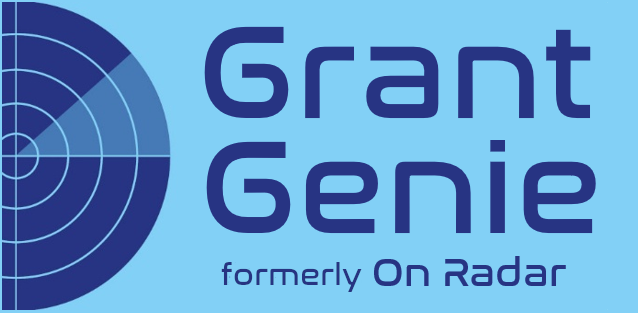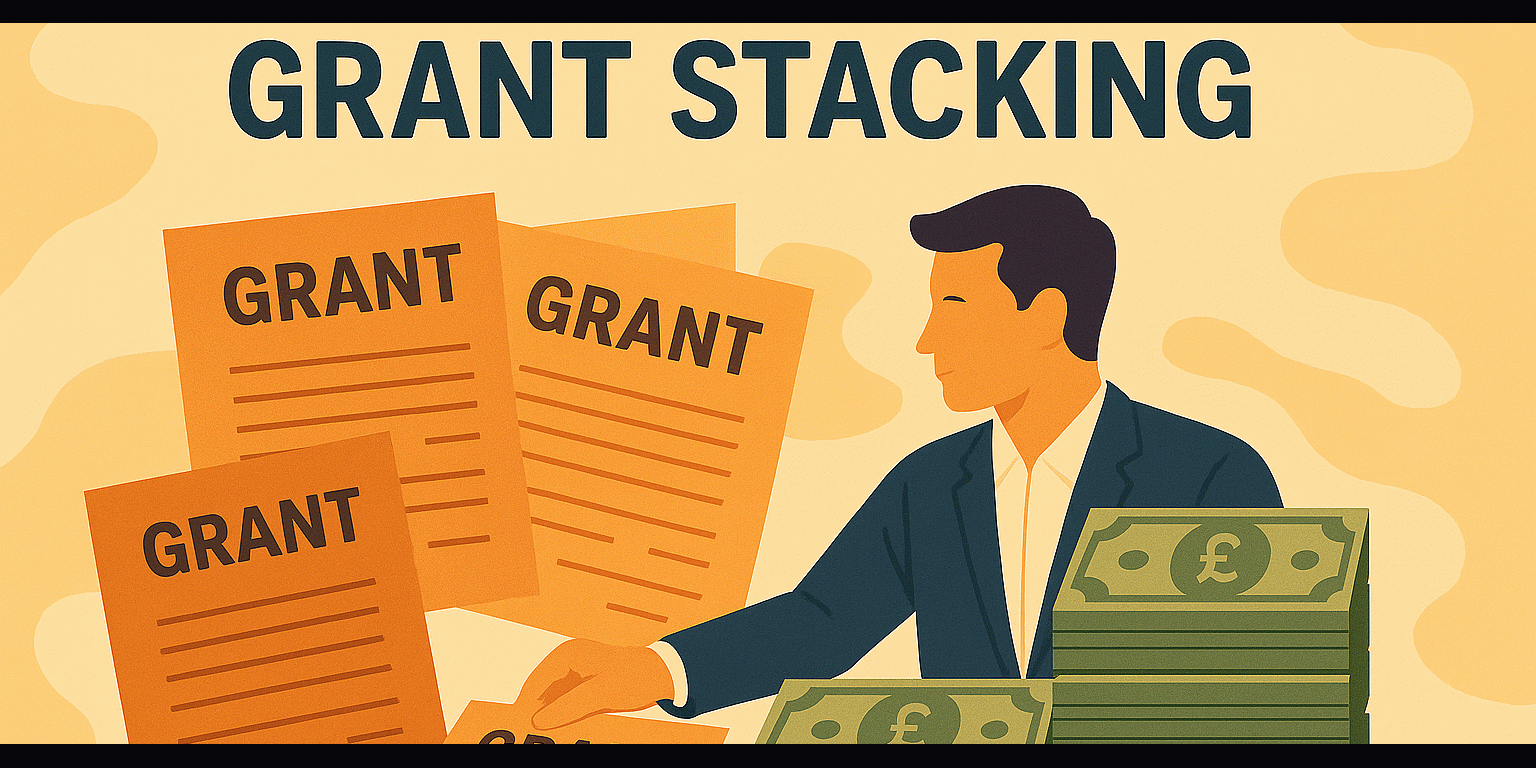
Non-Profit funding in minutes - not days!

"Can I apply to several funders for the same project, or is that considered cheating?"
This question keeps many charity leaders awake at night. You've got a brilliant project that needs £50,000, but most grants you find only offer £10,000-£15,000. The math seems simple - apply to multiple funders to make up the difference. But is this allowed? Ethical? Smart?
Let's cut through the confusion with an honest look at grant stacking - what it is, when it works, when it backfires, and how to do it right.
What Is Grant Stacking (And Why Everyone's Confused About It)
Grant stacking simply means securing funding from multiple sources for a single project. It's not only legal - it's often essential for larger projects and actively encouraged by many funders.
Common Grant Stacking Scenarios:
The Confusion Comes From:
When Grant Stacking Is Not Only Allowed - But Expected
Funders Who Actively Encourage It
Major Lottery Funders:
Most explicitly state that they expect other funding sources and view applications more favourably when match funding is secured.
Government Grants:
Often require match funding as a condition of award - sometimes up to 50% of total project costs.
Corporate Funders:
Many prefer to be part of a funding consortium rather than sole funders, as it reduces their risk and increases impact visibility.
Community Foundations:
Regularly collaborate with other local funders and appreciate applications that show broad community support.
Projects That Almost Always Require Multiple Funders
The Rules: What You Must Disclose (And When)
Always Disclose When:
What to Include in Your Disclosure:
Sample Disclosure Language:
"We are seeking £45,000 total for this project. We have confirmed £15,000 from (Funder A) for equipment costs and have applications pending with (Funder B) for £20,000 (staffing) and (Funder C) for £10,000 (running costs). Your grant would complete our funding package and allow the project to proceed."
When Grant Stacking Goes Wrong (And How to Avoid It)
The Cardinal Sins of Grant Stacking
1. Double-Dipping:
Asking multiple funders to pay for the exact same costs without disclosure.
Example: Requesting £5,000 for the same laptop from three different trusts.
2. Bait and Switch:
Getting funding approved then significantly changing what the money will fund.
Example: Securing £10,000 for "youth activities" then spending it on staff salaries.
3. Non-Disclosure:
Failing to mention other funding sources when directly asked.
Example: Leaving funding source questions blank or answering "none" when you have pending applications.
4. Over-Funding:
Securing more money than needed without informing funders.
Example: Getting £60,000 for a £45,000 project and keeping quiet about the surplus.
Real Consequences We've Seen:
The Smart Way to Stack Grants
1. Plan Your Funding Mix Strategically
Break Down Your Project Costs:
Match Funders to Cost Categories:
2. Time Your Applications Strategically
Phase 1: Apply to your strongest prospect first
Phase 2: Use initial success to strengthen subsequent applications
Phase 3: Apply to remaining funders with confirmed partial funding as leverage
Timeline Management:
3. Create a Funding Tracker
Track for each funder:
What Funders Actually Think About Grant Stacking
What They Love to See:
What Raises Red Flags:
The Questions Funders Wish You'd Ask
"What's your policy on match funding?"
Many funders prefer to be part of a funding consortium and will tell you this upfront.
"Do you collaborate with other funders?"
Some funders actively work together and can make introductions.
"What happens if we secure more/less funding than expected?"
Understanding flexibility helps you plan better.
"Can we acknowledge multiple funders in project materials?"
Most funders want recognition - understanding their requirements helps.
*Red Flags That Suggest You Shouldn't Stack*
The Bottom Line: Best Practices for Ethical Grant Stacking
Do:
✅ Disclose all funding sources honestly and completely
✅ Create clear cost breakdowns showing what each funder covers
✅ Plan realistic timelines accounting for multiple decision processes
✅ Have contingency plans if some funding doesn't materialise
✅ Keep detailed records of what you've told each funder
Don't:
❌ Ask multiple funders for the same specific costs without disclosure
❌ Promise project start dates before funding is confirmed
❌ Assume funders won't communicate with each other
❌ Change project scope significantly without informing all funders
❌ Keep surplus funding without discussing with funders
Conclusion
Grant stacking isn't just acceptable - it's often essential for ambitious projects that create real impact. The key is doing it transparently, strategically, and ethically.
Most funders appreciate honest communication about your funding strategy. They'd rather support a well-planned project with multiple funding sources than gamble on being your only funder for something that might not happen.
Remember: funders want your project to succeed. By being transparent about your funding mix, you're actually helping them make better decisions and reducing their risk. That's not cheating - that's smart fundraising.
The most successful charities treat grant stacking as a strategic skill, not a necessary evil. Master it, and you'll unlock funding opportunities that seemed impossible when you thought you needed to find single funders for entire projects.
Updated: 21st Jun 25